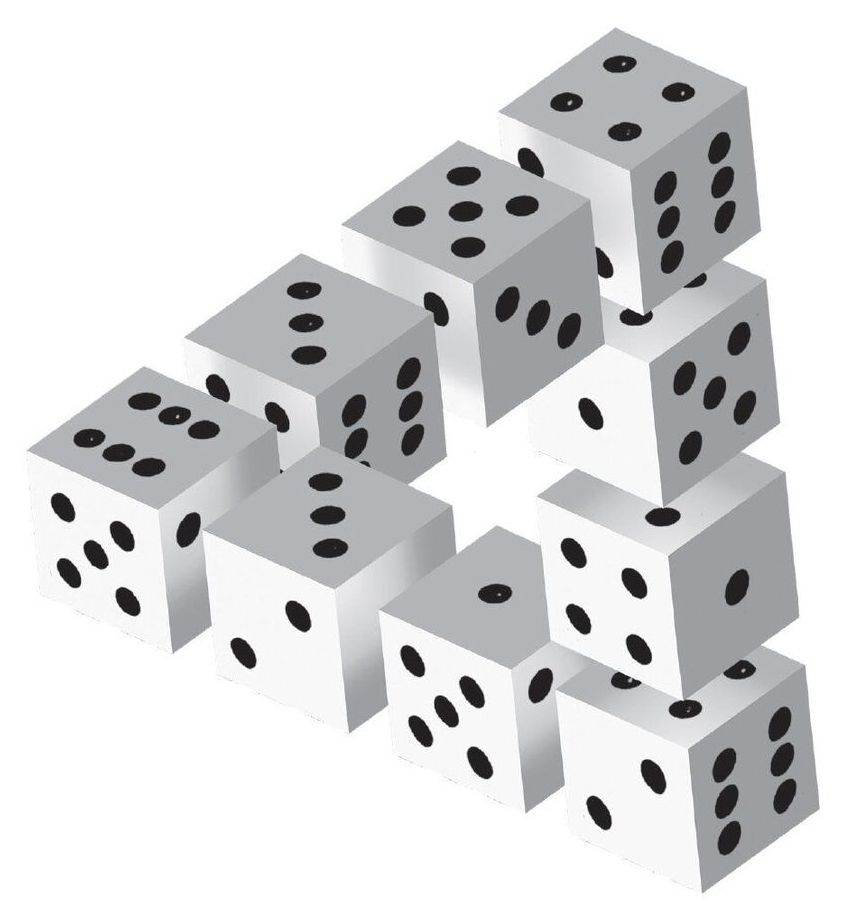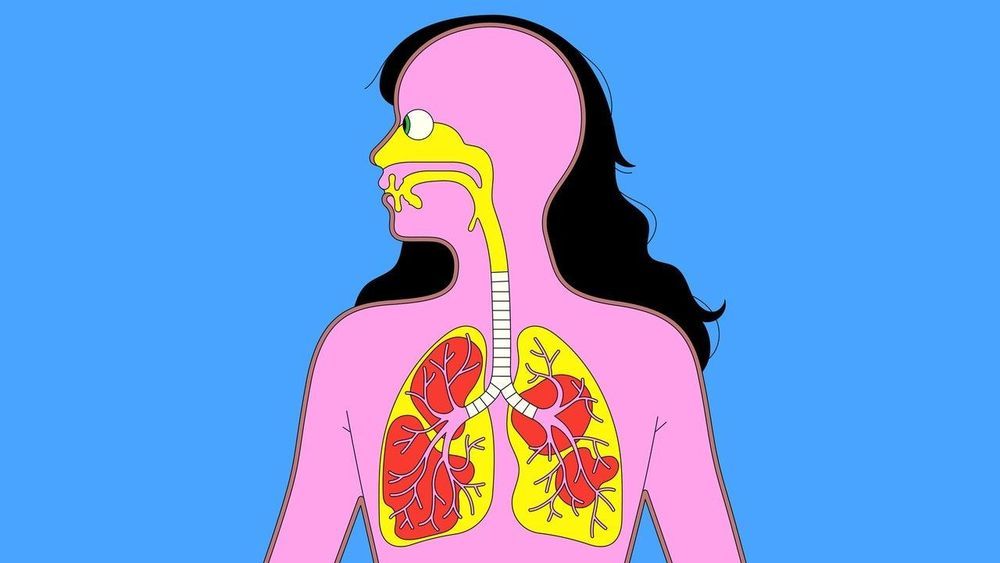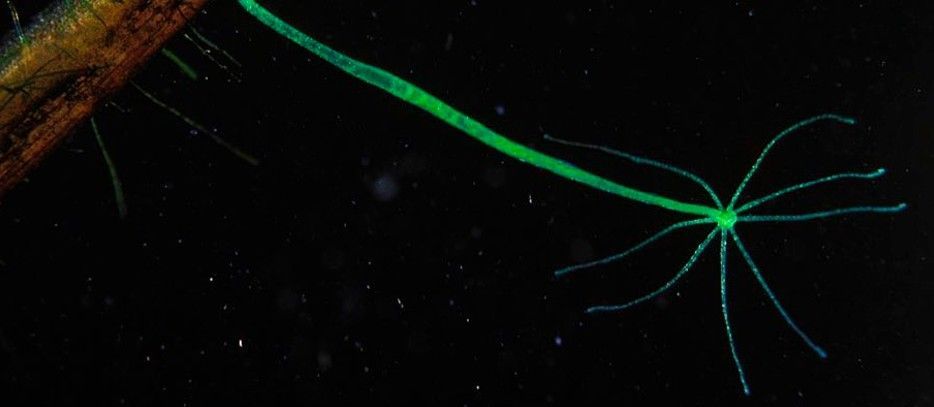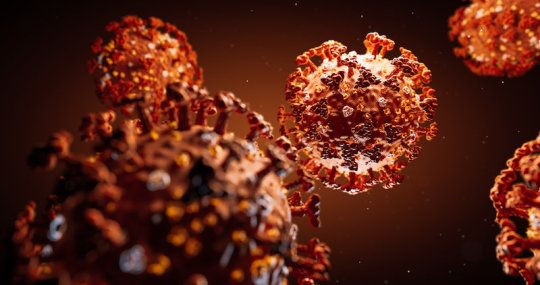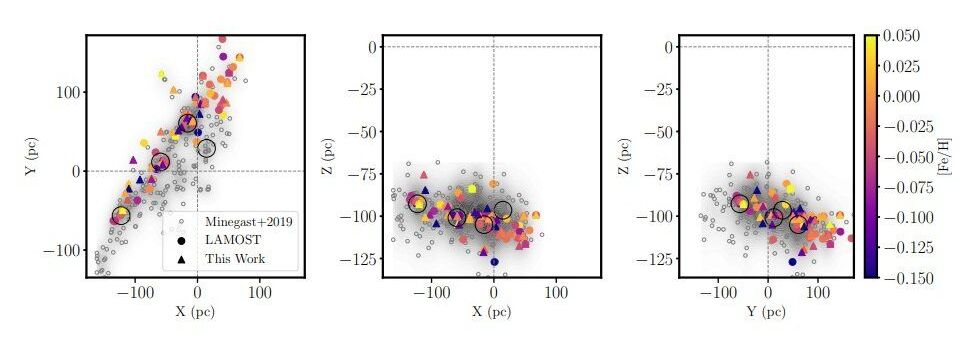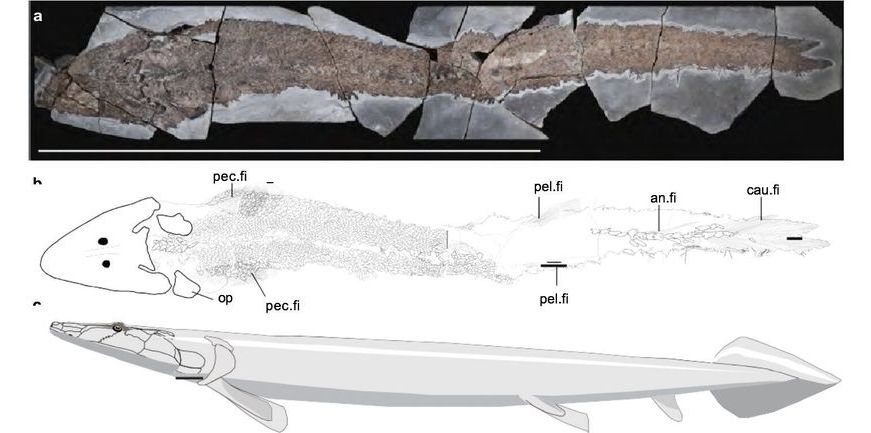Since its beginnings, quantum mechanics hasn’t ceased to amaze us with its peculiarity, so difficult to understand. Why does one particle seem to pass through two slits simultaneously? Why, instead of specific predictions, can we only talk about evolution of probabilities? According to theorists from universities in Warsaw and Oxford, the most important features of the quantum world may result from the special theory of relativity, which until now seemed to have little to do with quantum mechanics.
Since the arrival of quantum mechanics and the theory of relativity, physicists have lost sleep over the incompatibility of these three concepts (three, since there are two theories of relativity: special and general). It has commonly been accepted that it is the description of quantum mechanics that is the more fundamental and that the theory of relativity that will have to be adjusted to it. Dr. Andrzej Dragan from the Faculty of Physics, University of Warsaw (FUW) and Prof. Artur Ekert from the University of Oxford (UO) have just presented their reasoning leading to a different conclusion. In the article “The Quantum Principle of Relativity,” published in the New Journal of Physics, they prove that the features of quantum mechanics determining its uniqueness and its non-intuitive exoticism—accepted, what’s more, on faith (as axioms)—can be explained within the framework of the special theory of relativity. One only has to decide on a certain rather unorthodox step.
Albert Einstein based the special theory of relativity on two postulates. The first is known as the Galilean principle of relativity (which, please note, is a special case of the Copernican principle). This states that physics is the same in every inertial system (i.e., one that is either at rest or in a steady straight line motion). The second postulate, formulated on the result of the famous Michelson-Morley experiment, imposed the requirement of a constant velocity of light in every reference system.
